It has two small curved legs, its mercury mirror, its gilding and its parquet floor are original.
Period : 18th century
Dimensions : Height : 120cm x Width : 69cm
Dimensions of the mirror : Height : 65cm x Width : 46cm
When Louis XIV died, the heir Louis XV was too young, it was Philippe Duc d'Orléans (1674-1723), nephew of Louis XIV called "the Regent" who shared the power of the Regency with the high nobility and the parliamentarians.
This was a period of transition of great artistic interest for a new, more intimate society with smaller, more varied and more soberly decorated homes.
The craftsmen and artists of the time, ornamentalists and cabinetmakers, created less for the monarch and his court. They created for the rich bourgeoisie, financiers and the new nobility. They took on lighter decorative themes such as hunting, fishing and love.
This is the birth of a so-called transitional style, the Regency style.
It was during this period that large mirrors appeared for decorative purposes above fireplaces, as well as mirrors with closed panels decorated with five-pointed shells or plumes.
The carved wood or gilded wood mouldings of the mirrors are finer, less prominent with lighter decorative ornaments on the theme of hunting, fishing, love, figures of women or fauns, medallions, bunches of flowers, rocaille inspired by the Italian baroque, shells, fruits etc...
The Regency style with its rich variety of ornaments and its more curved lines announces the arrival of the young King Louis XV.


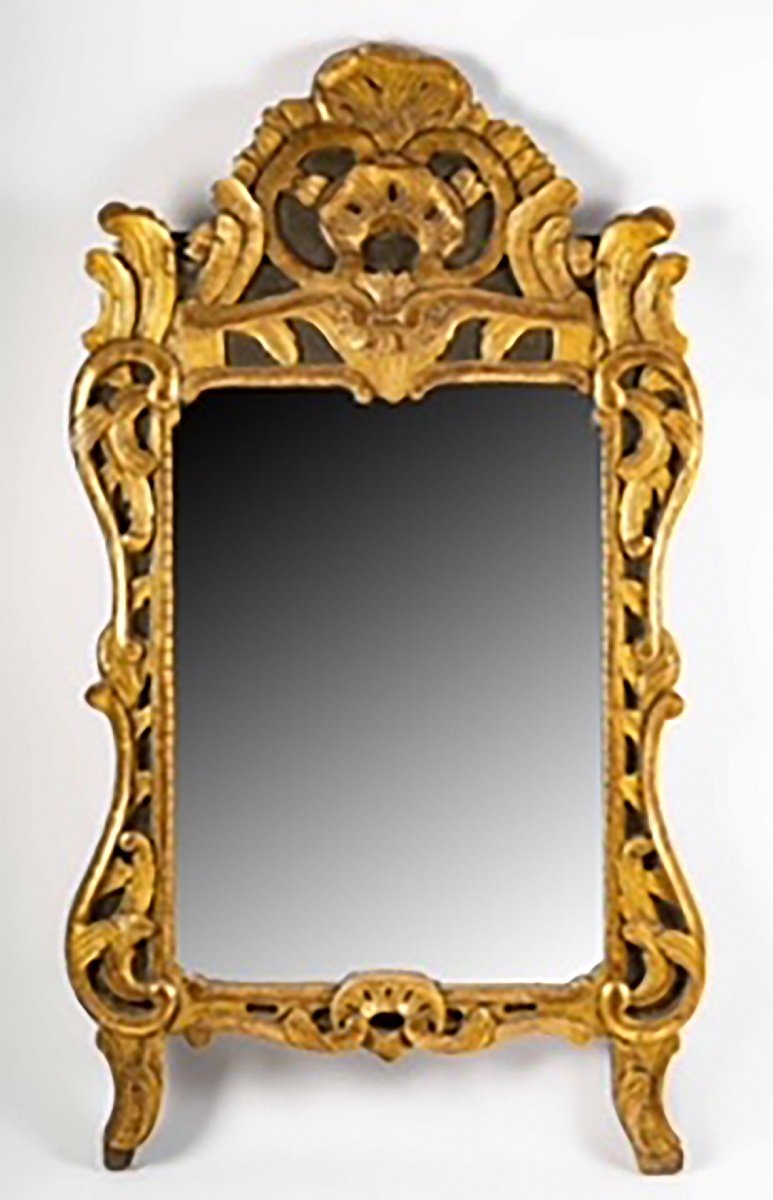
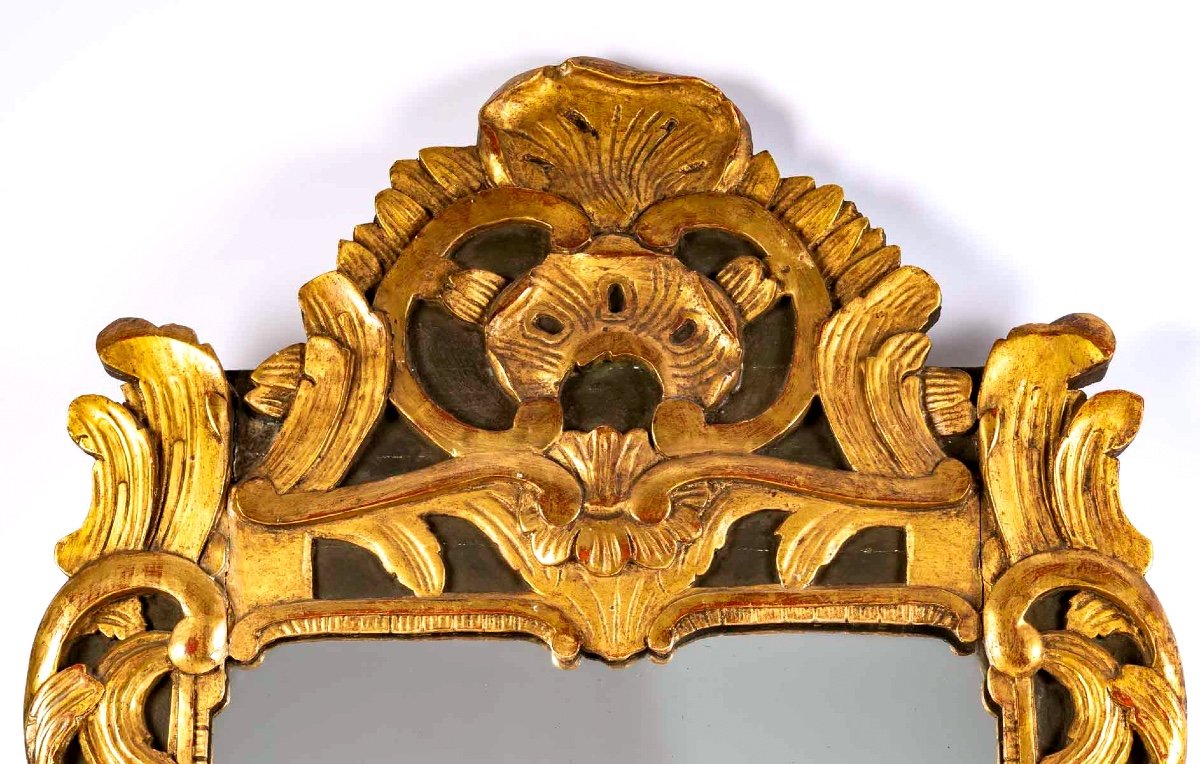
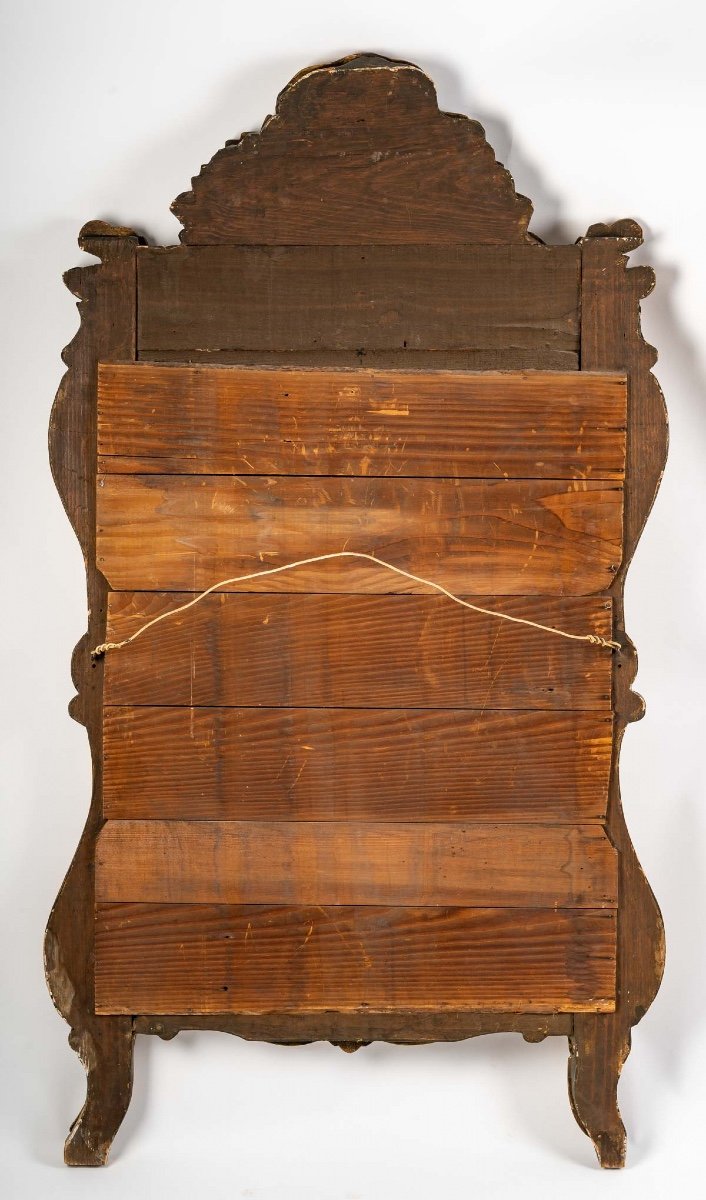
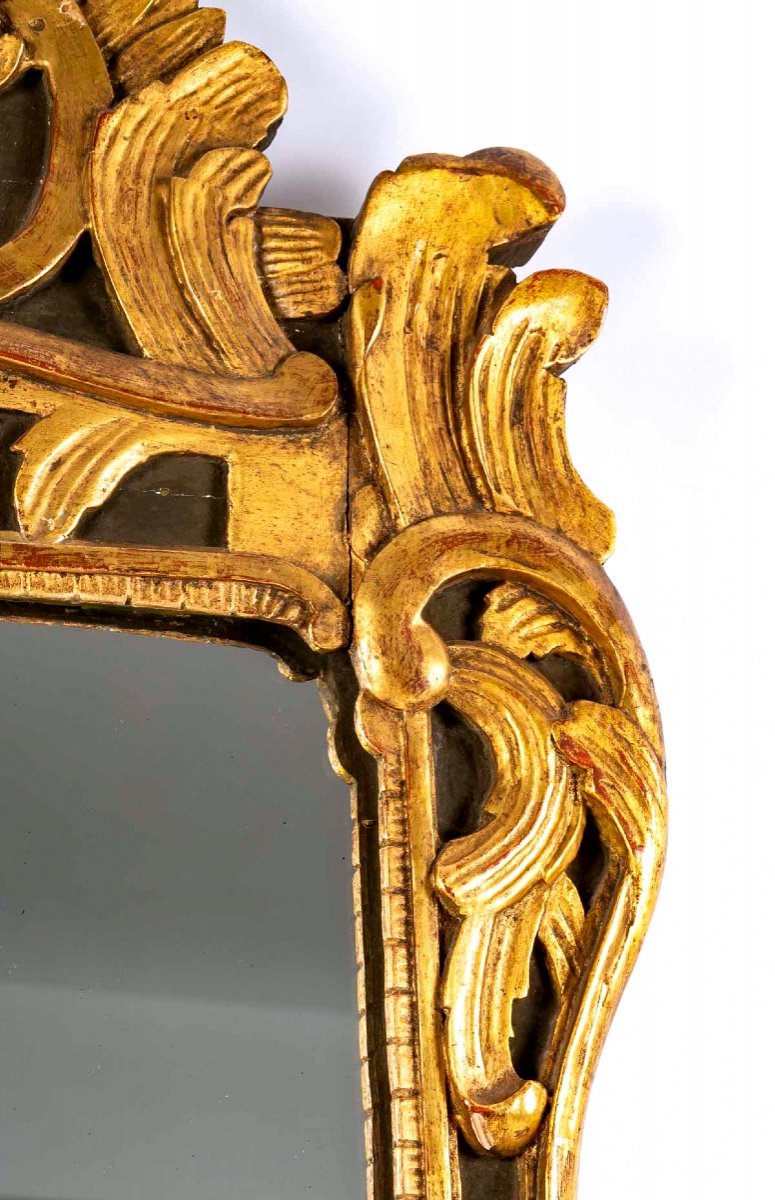
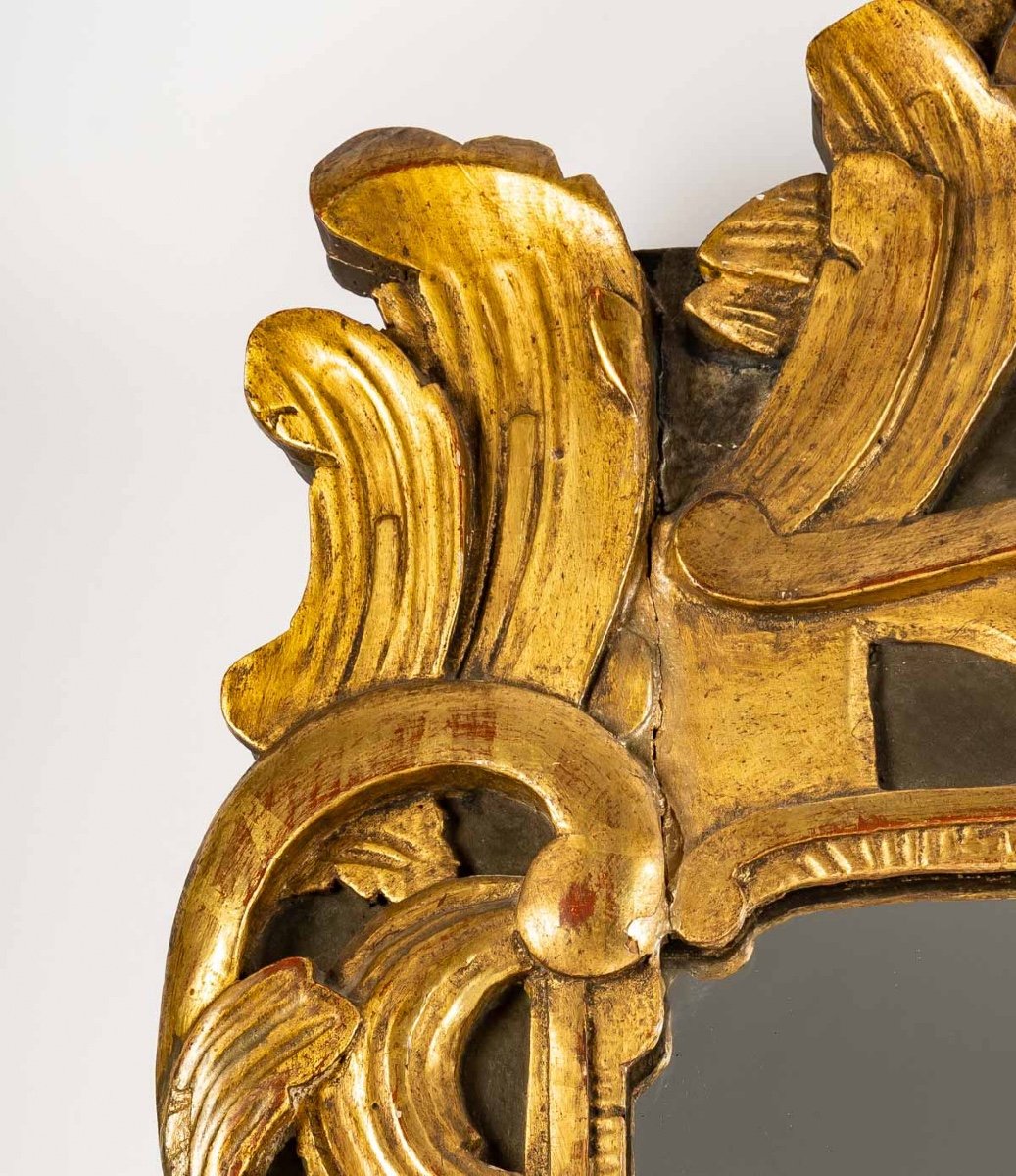
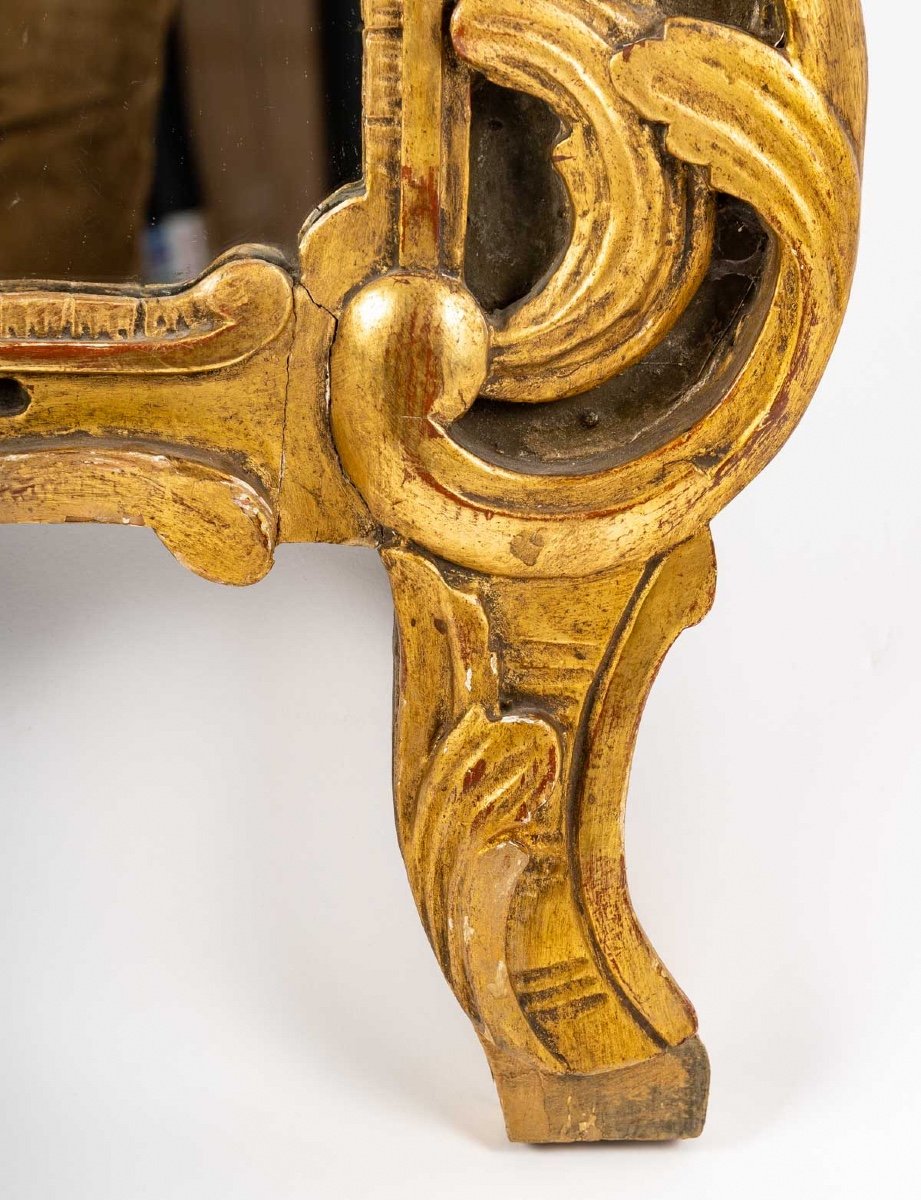








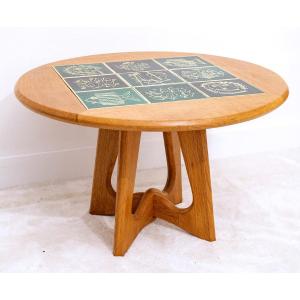

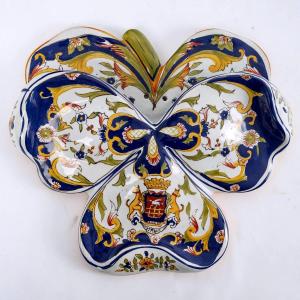
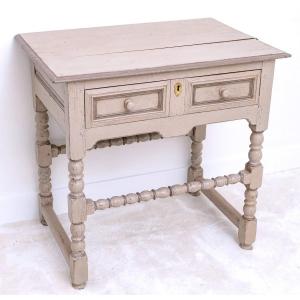
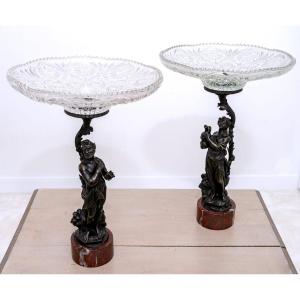

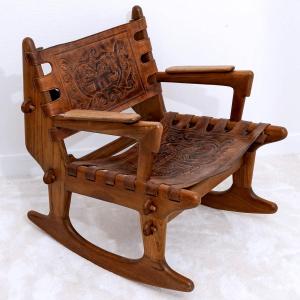
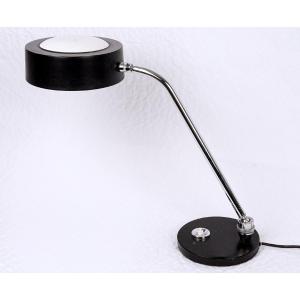
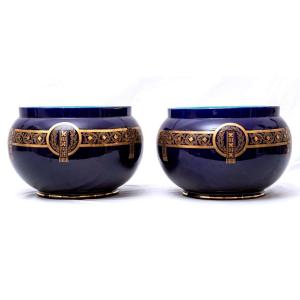


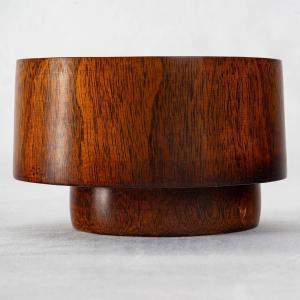
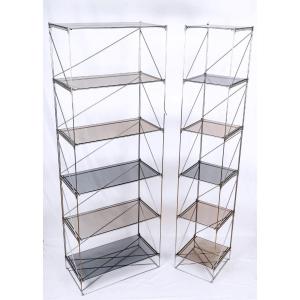
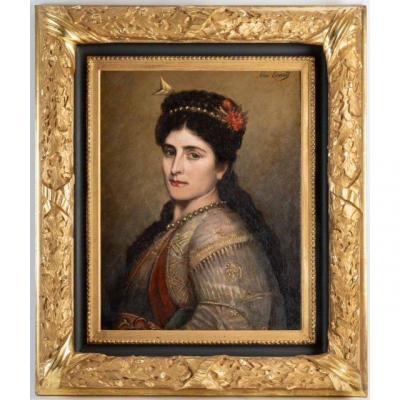

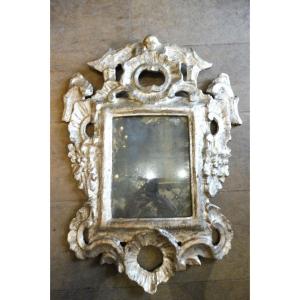


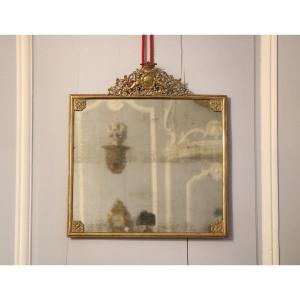



 Le Magazine de PROANTIC
Le Magazine de PROANTIC TRÉSORS Magazine
TRÉSORS Magazine Rivista Artiquariato
Rivista Artiquariato